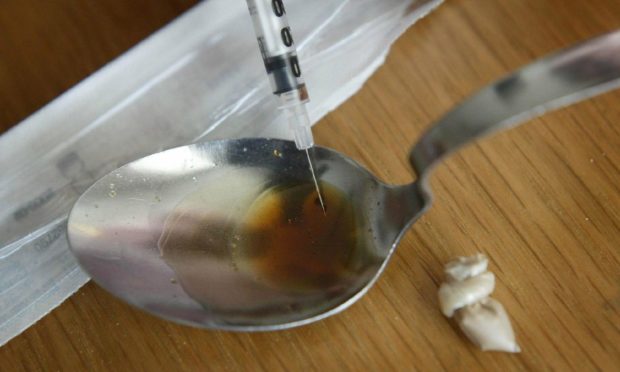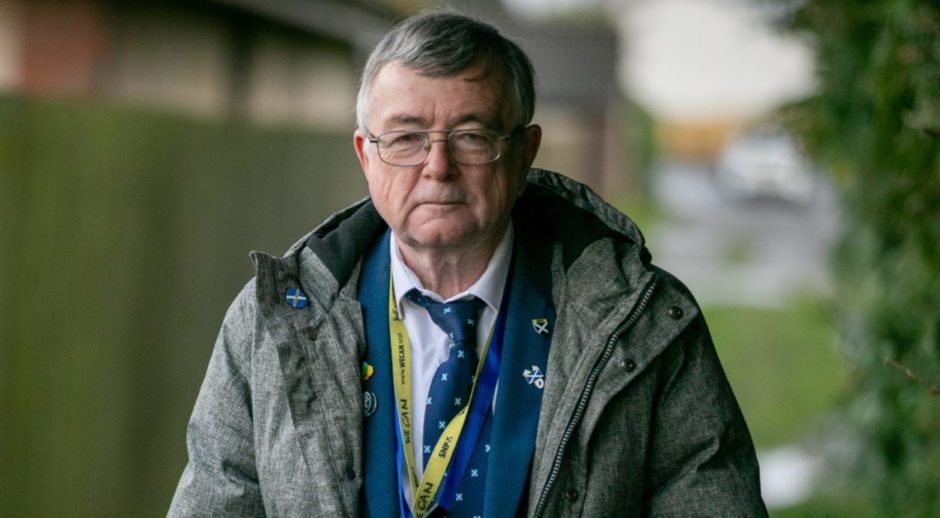Experts have called for an end to stigma as they work to tackle a growing drugs and alcohol crisis in Fife.
Deaths from substance misuse in the region have been rising year-on year, particularly among women.
Newly released figures show Fife is one of the only areas in Scotland where alcohol-related deaths increased between 2018 and 2019 – up 18% from 59 to 70.
Meanwhile, the number of people who died due to drug use during the same period rose from 64 to 81 – a 20% spike.
The figures show 71,000 adults in Fife drink more than the recommended safe amount of 14 units per week.
This represents a third of men and 15% of women.
We need a massive change in attitude.”
Fife Council SNP co-leader David Alexander.
Fife Alcohol and Drug Partnership (ADP) co-coordinator Elizabeth Butters said deaths among women were accelerating at a much faster rate than among men.
She revealed a 93% increase in women’s deaths, while the rate among men remains steady.
An ambitious programme of work is now being set out in a bid to reverse the trend and people with lived experience of the issue will be asked to get involved.
Reducing stigma
Trauma and deprivation appear to be at the heart of the problem and effective support is vital, said Ms Butters.
“One of our third sector services has been doing some independent research,” she said.
“They have found that between appointment one and appointment two, a large percentage of people not turning up are women.
“We’re thinking about a gender-based approach for women because they are stigmatised differently and the universal approach isn’t working.”
She added that stigma still surrounds alcohol and drug use generally.
“Those attitudes absolutely do exist,” she said.
“We’re trying to look at trauma-based approaches because if we recognise trauma it may change stigma and internalised shame.”
The Scottish Government has given the ADP £90,000 to help with recovery.
“We’re hoping that will help make a difference in getting people to shift attitudes,” Ms Butters said.
Fife Council’s SNP co-leader David Alexander said many people simply do not care about those struggling with drug and alcohol use.
“There are people who feel it’s self-inflicted and we’re wasting our money,” he said.
“We need a massive change in attitude because behind these figures is somebody’s son, daughter, brother, sister, mother.”
What is being done to reduce the number of deaths?
Fife ADP chairwoman Kathy Henwood said support services genuinely want to see people affected by alcohol and drug issues get well and achieve their potential.
“However, this is not always easy to achieve and there are still very significant challenges which face us,” she said.
“The rate of drug and alcohol-related deaths in Fife – which are tragically increasing year-on-year – represent a loss to us all.
“Across Scotland, long before Covid-19, ADPs have been attempting to reverse this public health crisis locally.
“Fife is no exception and for this reason we have set up a new public health surveillance group to understand drug-related deaths and where we can improve.”
The work we have set for ourselves is ambitious but in my view, absolutely necessary.”
Fife ADP chairwoman Kathy Henwood.
The ADP has increased investment to help reach more people at risk.
They are then offered immediate advice to reduce harm as well as longer-term treatment and support.
“We will continue to search for innovative ways to do this over the next three years with new partners and by inviting people with lived and living experience to be at the centre of decision-making and service redesign.”
Other work will hinge on raising awareness of services, addressing stigma and creating a trauma-informed response.
Progress will be tracked and shared yearly.
“The work we have set for ourselves is ambitious but in my view, absolutely necessary,” Ms Henwood said.

